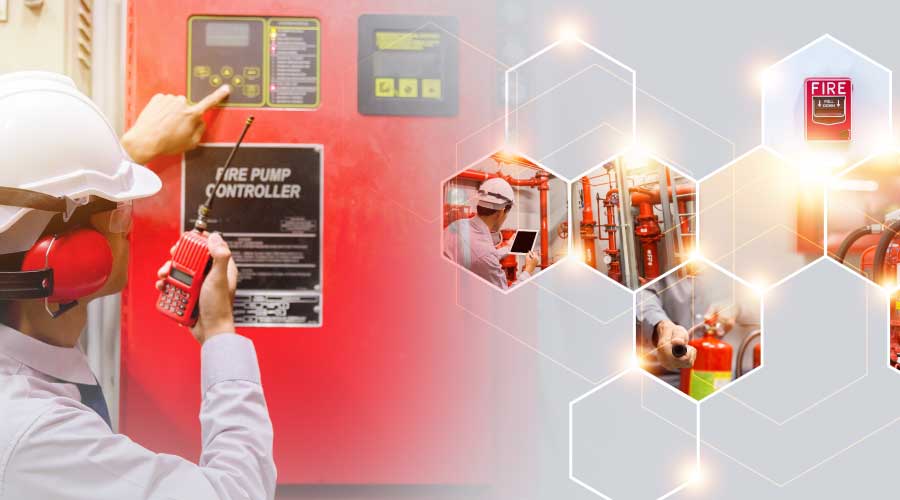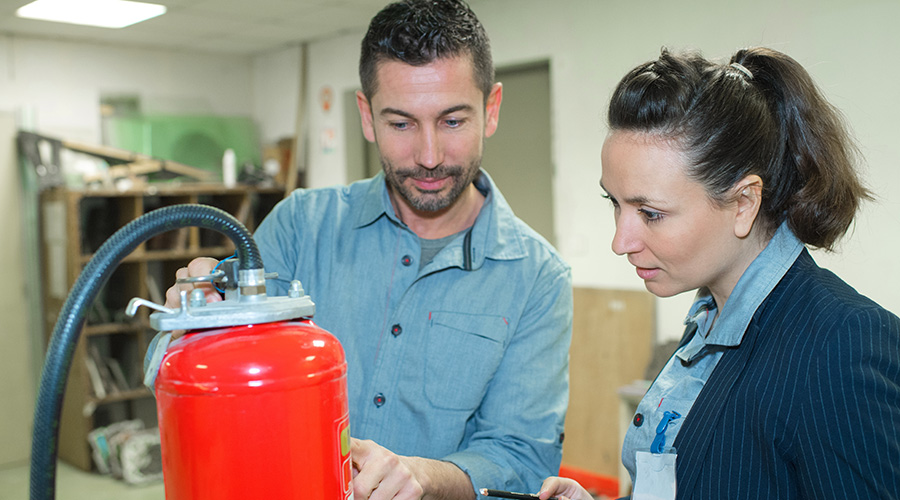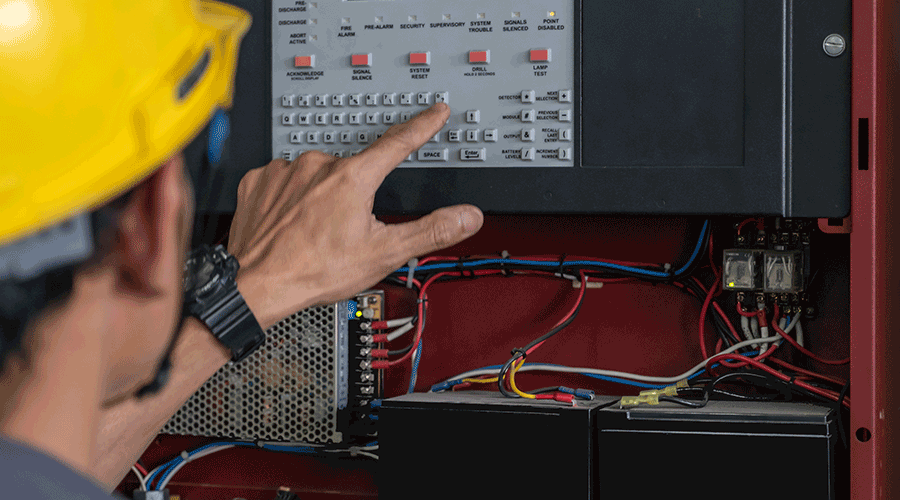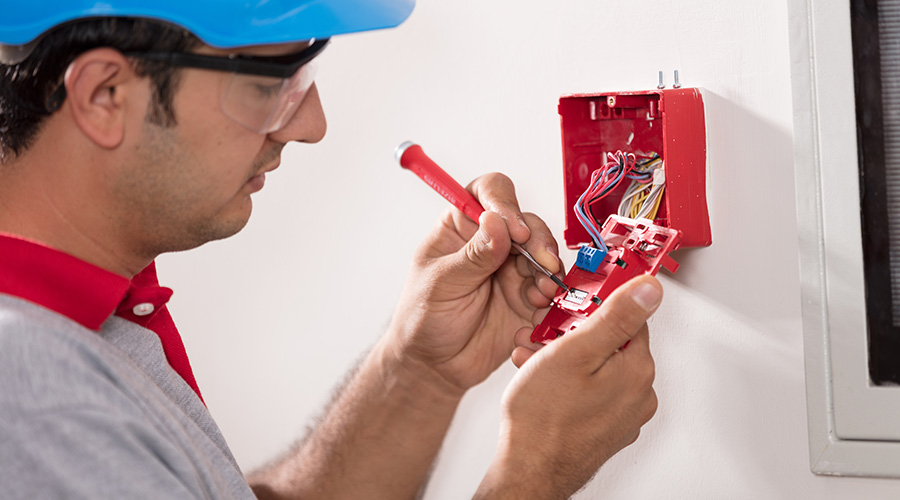Fire Safety: New Opportunities for Intelligence, Interoperability
Second of a two-part article on how new strategies and technology are shaping fire safety planning in the 21st century.
The fire/life safety market is virtually booming with new options for intelligence and interoperability in its systems. However, facility managers are urged to be cautious in evaluating systems and always ensuring that the core function of the fire/life safety system is not compromised in order to gain a peripheral bonus in communications or data gathering.
“It’s sometimes difficult to ask not just what can I do, but what should I do,” says Mark Pavlica, director of product marketing for fire/life safety solutions at Siemens. “It’s not always appropriate to use the life safety functions of the system through some of the building’s infrastructure and through the Internet in a building. But that doesn’t mean you can’t do anything with the Internet of Things. What it means is that you have to separate what is the must have operation of a system versus some of the other things that it can do.”
There is also the double-edged sword of new technology, says Grant. One innovation that is creating a new fire/life safety hazard is the rise of decentralized power systems with on-site storage. In New York City, he said, a number of projects were trying to move forward with battery installations on upper floors of high-rise buildings and the fire department had to step in, hold up permits, and involve the buildings department because it posed a new fire hazard that had to be addressed.
In an effort to start codifying and leveraging efforts around smart fire/life safety systems, NIST and FPRF embarked on a joint research project to generate a roadmap for smart firefighting, says Grant. One of the results of that joint venture is an exhaustive report on everything that touches smart fire/life safety. NIST Special Publication 1191, Research Roadmap for Smart Fire Fighting, evaluates where the situation is now and sets some parameters for where more research is needed.
NEMA (National Electrical Manufacturer’s Association) is also currently developing a standard that would allow first responders to call up buildings on mobile devices while en route to a fire and be able to look at the status of the fire alarm system — where the fire alarm is located, if the fire is expanding, the status of the fire pump, and so forth, says Dan Finnegan, Siemens industry affairs manager and chair of the NEMA working committee. “It’s a request that came out of 9/11 and it’s reached a few challenges in the past, but there’s a new birth to it now and I expect that it’s going to get quite a bit of acceptance,” he says. “NEMA has put resources together so that a standard could be created and we can get this into the national fire codes and provide that accommodation.”
First steps for FMs
As the fire/life safety industry moves forward with creating both smart capabilities and the codes and strategies to deploy them, facility managers might wonder what the prudent first steps would be for their own fire/safety systems.
The first step, beyond meeting code, is to evaluate whether the system is providing the right information to the right people, says Pavlica. “The codes that are enforced are written around minimum codes; there are still some very dumb fire alarm systems out there,” Pavlica says. He recommends facility managers ask themselves if their system gives the information needed to the people in the building so that they know what to do, and gives information to the people responding to an emergency so that they know what appropriate action to take. “Nowadays, people require more information.”
With all the data being collected by facilities today, such as occupancy sensing, Bryner suggests reaching out to the local authorities to figure out what of that data would be of use to them during an emergency and work on ways to make that data available to them in a useful format. If the lights are equipped with occupancy sensors, for example, can that information be made available during an evacuation event so the first responders know which areas to focus on, and which are clear? Of course, the code bodies and research organizations like NIST will be working on ways to model how temperature sensors, heat sensors, and the like can be used in a predictive fashion.
Experts suggest selecting systems that have open communications and will support the ability to connect to other systems as a facility develops the intelligence of its fire/life safety systems. And to expect the capabilities to only continue to expand. “There’s great opportunity to make steps forward as technology rolls out with its ability to provide data, and the data analytics that we’ve not be able to do in the past,” says Grant.
Email comments to naomi.millan@tradepress.com.
Related Topics:













